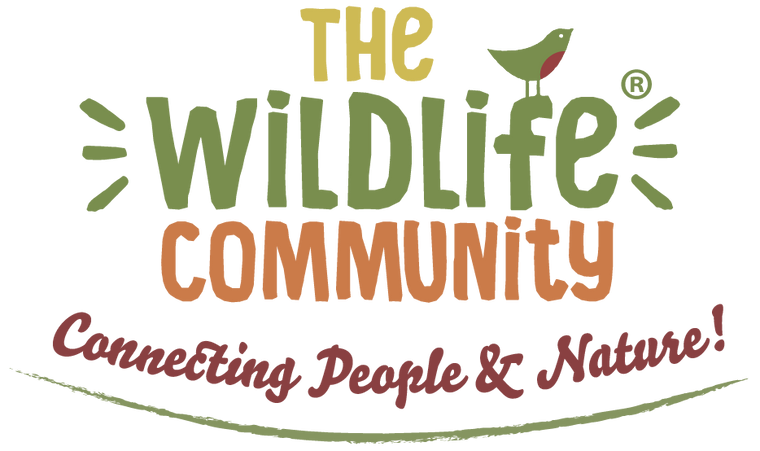
Our Top Five Tips on Wildlife-Friendly Gardening
For this year's National Gardening Week, we've asked our expert gardener Fiona for her top five tips on gardening for wildlife. We've all rediscovered the importance of our gardens and outdoor spaces throughout lockdown over the last year. The Royal Horticultural Society has decided to address this and focus on celebrating the feel-good power of plants and gardens for 2021. Highlighting the scientific links between gardening and wellbeing and the positive mental, emotional and physical effects that getting outside more often has
Here are Fiona's top five tips on wildlife-friendly gardening to get you back in the garden this week for your daily dose of vitamin G!
-
Can trees and shrubs make a difference in your garden for wildlife?
Grow a variety of trees, shrubs and climbers to provide shelter and food for birds and animals. Trees and shrubs with flowers and berries are invaluable for pollination and a great food source. Choose a variety so that different animals and birds are attracted and accommodated. Even in a small urban garden, a low growing evergreen shrub with fallen leaves underneath can provide an ideal hidey-hole for a hedgehog.
-
What can you plant to encourage bees and butterflies?
Choose flowers that attract bee, butterflies, moths and other beneficial insects into the garden. They are essential for pollination and a necessary step in the food chain. Simple open blooms offer up their pollen very quickly to insects, and bell-like flowers such as foxgloves are irresistible to bees. Buddleia is particularly attractive to butterflies, and the common or garden nettle is a haven for caterpillars and moths. Even if it's a patch behind a shed, it's incredible what a difference it makes. Try not to cut everything back at the end of the season. The seed-heads are a valuable food source and will often allow self-seeding, saving you a lot of gardening time and plants for free!
-
Did you know water is just as vital as food for your garden wildlife?
If possible, have some water in the garden, even if it's only a tiny birdbath, tub or upturned dustbin lid! It doesn't have to have a pump, just the presence of water will attract birds, insects, frogs and other animals. Even in the shallowest of "ponds" always provide a means of escape so that animals can get out if they topple in. A little ramp made from a piece of wood or strategically placed stone so that animals can climb out will more than suffice.
-
How can you encourage birds to feed in your garden?
Feed the birds! If there is a food source, they will come to investigate. It is essential to provide both food and ice-free water year-round, mainly when natural resources are scarce. Offer a variety of bird food – nuts, sunflower, niger and mixed seeds and fat balls. Different birds feed on other foods and need that feed accessible in different ways. Some use ground feeders, and some use hanging bird feeders, so be mindful of what bird feeders you use and where and how you locate them.
-
The benefits of leaving your garden to grow wild
If you can, keep some areas of the garden a bit "wild". By doing this, you will be providing a haven for wildlife of all types. This doesn't mean your garden has to be full of rotting debris. It is more a matter of identifying some garden areas (however small) that can be left to their own devices for part of the year. So, there may be a corner where the grass can be left uncut and to grow to maturity with a blind eye shown to "weeds" like clover, plantain, buttercups and thistles.
If you find a corner for a woodpile, it will be a great winter hideaway for frogs and newts and a mecca for beetles and other beneficial insects. You will also see fungi' growth, which is invaluable for rotting down and recycling your old wood and is a valuable food source for insects that attract hedgehogs and birds.


